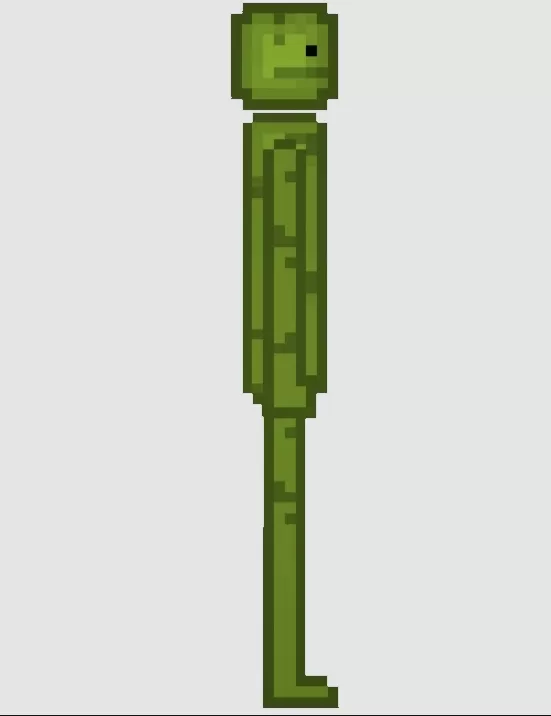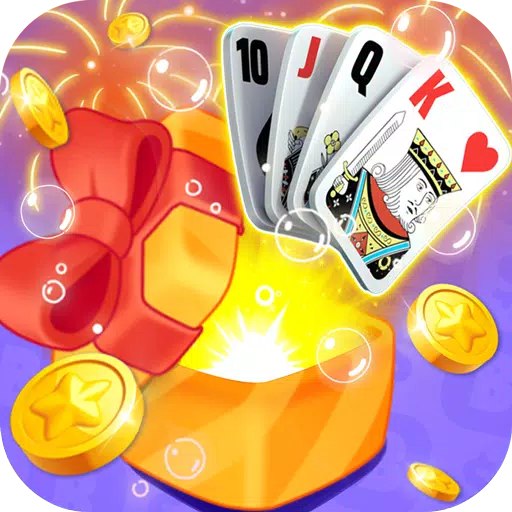The announcement of the Nintendo Switch 2 at $450 USD caused quite a stir, as it marks a significant price increase over previous Nintendo offerings. This hike aligns with rising production costs and economic factors such as tariffs, which had led analysts to anticipate a minimum of $400 USD. Yet, the true surprise came with the pricing of Switch 2 games, with titles like Mario Kart World reaching up to $80 USD, and others like Donkey Kong Bananza at $70 USD (or $65 digitally). When you factor in the cost of additional accessories needed for the complete Switch 2 experience, the total investment can seem daunting.
To put the Switch 2's price into perspective, let's compare it to the launch prices of previous Nintendo consoles, adjusted for inflation:
Nintendo Switch 2 Price Vs Previous Nintendo Consoles
NES
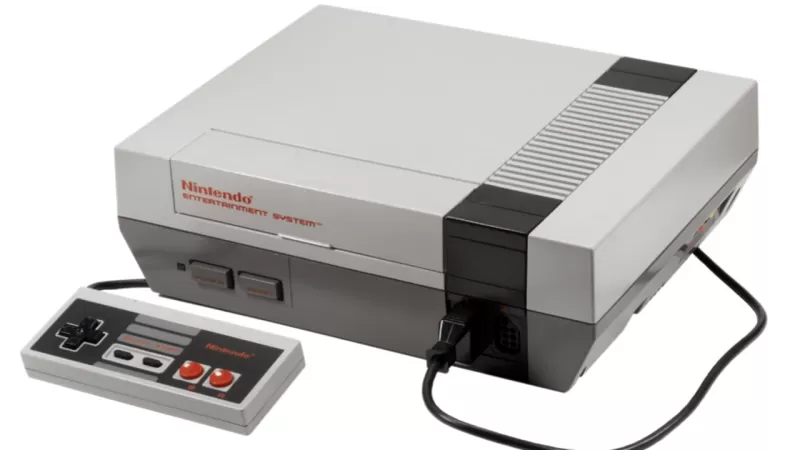
Launched in 1985 for $179 USD, the NES would cost a whopping $523 USD in today's money if adjusted for inflation. It's a stark reminder of how far prices have come.
SNES

The SNES, released in 1991 for $199 USD, translates to $460 USD in 2025 dollars. This shows a consistent upward trend in console pricing over time.
Nintendo 64
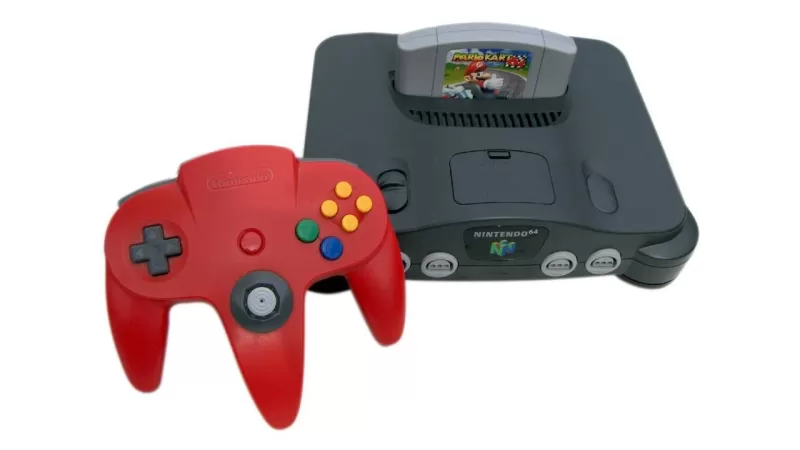
The Nintendo 64, a pioneer in 3D gaming, launched in 1996 at $199 USD, which equates to $400 USD today. It's interesting to see how inflation impacts the perceived cost of technology.
Nintendo GameCube
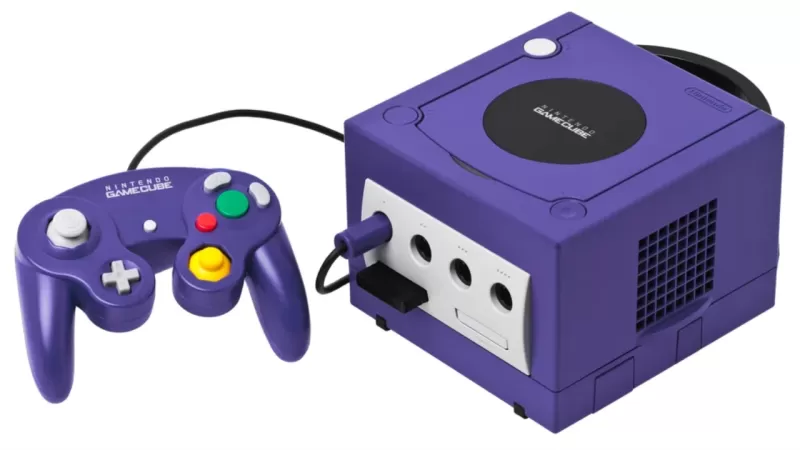
With games now available on the Switch 2 via the Nintendo Switch Online's classic library, the GameCube's 2001 launch price of $199 USD would be $359 USD today.
Wii
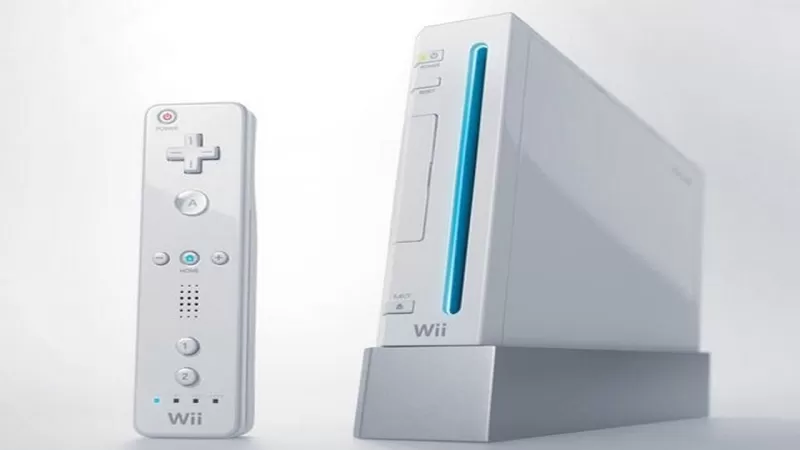
The revolutionary motion-controlled Wii, released in 2006 for $249 USD, would cost about $394 USD in 2025, demonstrating a significant leap in price compared to its predecessor.
Wii U
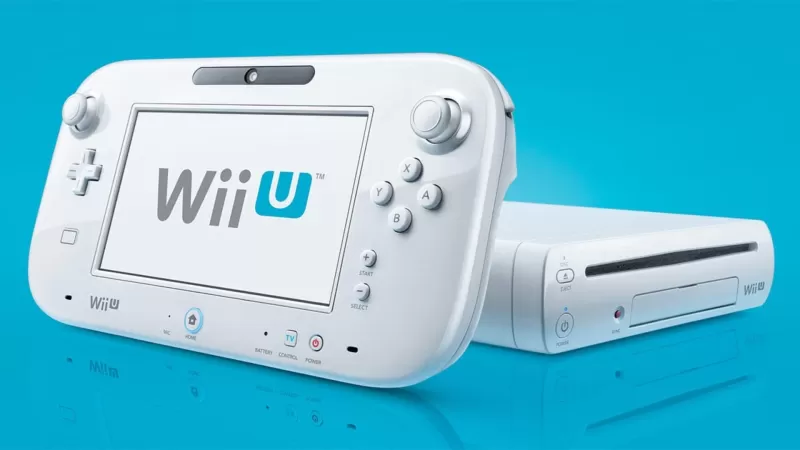
The less successful Wii U, launched in 2012 for $299 USD, comes out to $415 USD in today's dollars, inching closer to the Switch 2's pricing.
Nintendo Switch
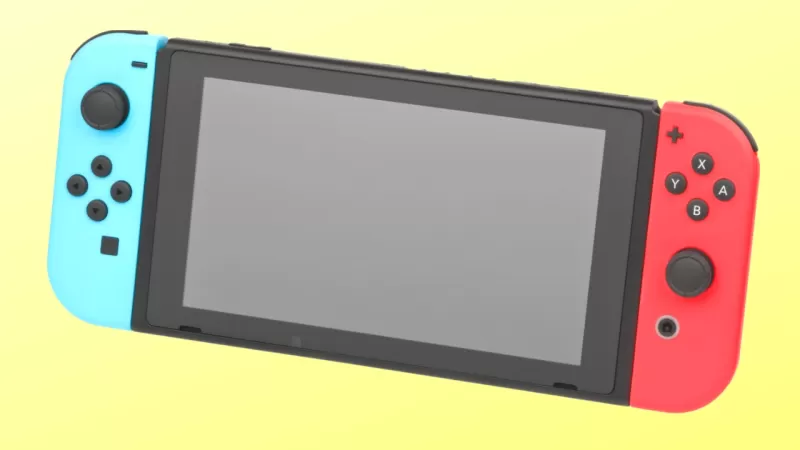
The incredibly successful Nintendo Switch, launched in 2017 for $299 USD, would cost $387 USD today, still less than the Switch 2's $450 USD when it hits the shelves on June 5.
Considering these comparisons, the NES remains the priciest Nintendo console at launch when adjusted for inflation, yet this doesn't make the Switch 2's price any more palatable.
 Credit: IGN
Credit: IGN
But what about the games?
While the Switch 2's price was somewhat expected, the game pricing was a real shock. Titles like Mario Kart World at $80 USD and Donkey Kong Bananza at $70 USD (or $65 digitally) set new standards. Comparing these to the variable prices of early NES cartridges, which could range from $34 USD ($98 USD in 2025) to $45 USD ($130 USD in 2025), it's clear that game costs have escalated over time. There's speculation that game prices might climb even higher.
The Switch 2's pricing falls on the higher end of Nintendo's spectrum, only surpassed by the inflation-adjusted costs of the NES and SNES. External factors like production costs and a cheaper, region-locked model for Japan at 49,980 JPY ($340 USD) underscore the reasons behind these price hikes.
How Switch 2's Price Compares to Other Consoles
Let's see how the Switch 2 stacks up against other consoles, adjusted for inflation:
PlayStation 2
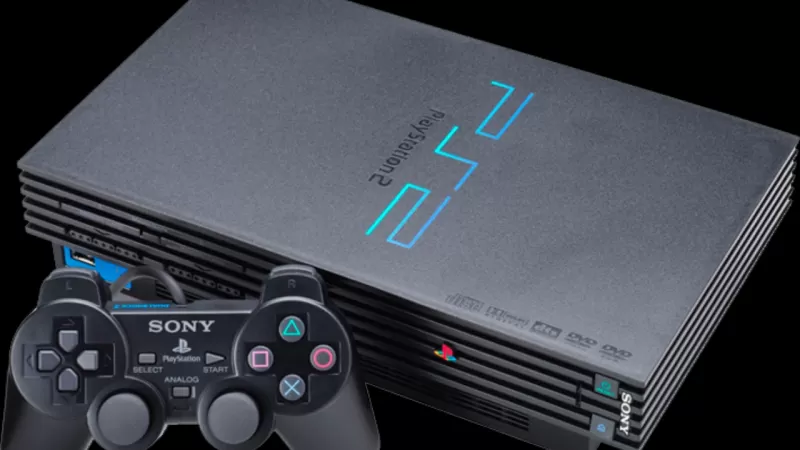
The best-selling console ever, the PlayStation 2, was released in 2000 for $299 USD, which would be $565 USD in 2025. This comparison highlights the competitive pricing landscape.
Xbox 360
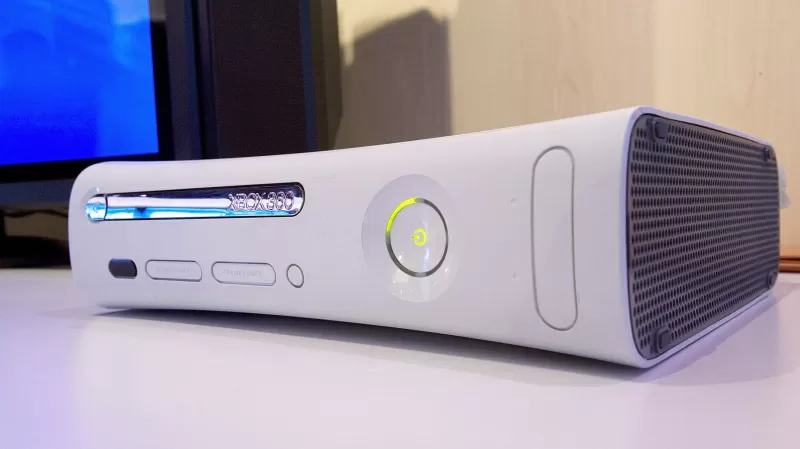
The Xbox 360, launched in 2005 for $299 USD, equates to about $500 USD today, showcasing the significant increase in console costs over time.
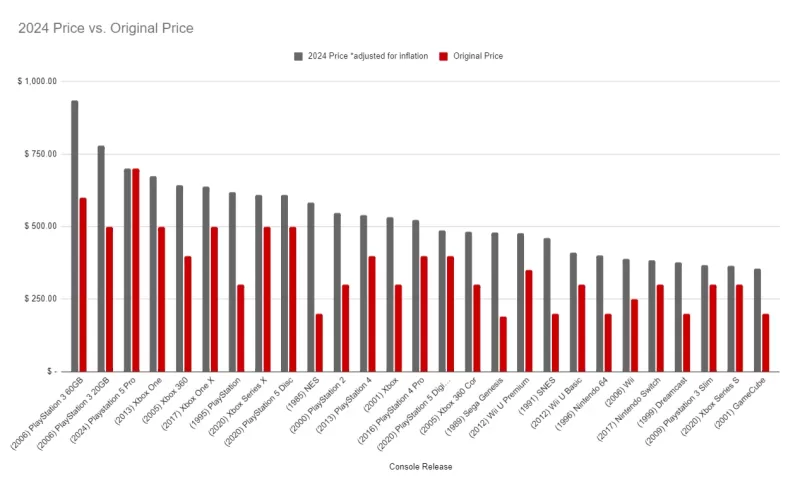 Console prices adjust for inflation. The PS3 was super expensive! Image credit: IGN
Console prices adjust for inflation. The PS3 was super expensive! Image credit: IGN
These comparisons illustrate how the Switch 2's pricing fits within the broader context of console history. For more insights, check out IGN's hands-on with the Switch 2 and discussions with analysts on the factors driving the costs of the console and its ecosystem.



